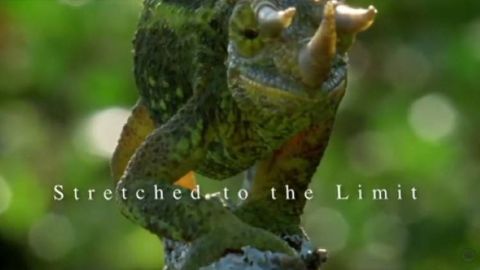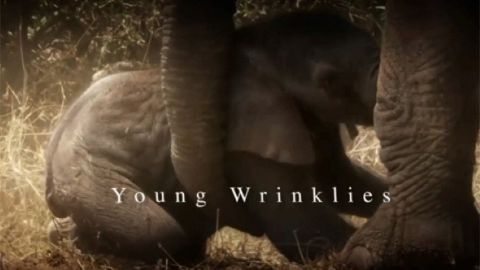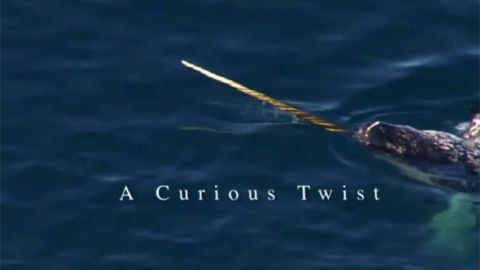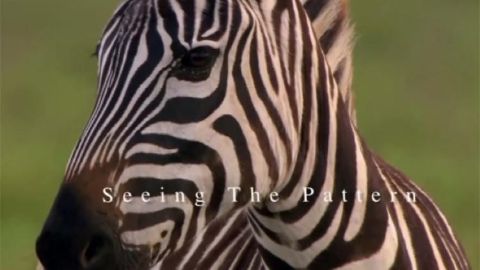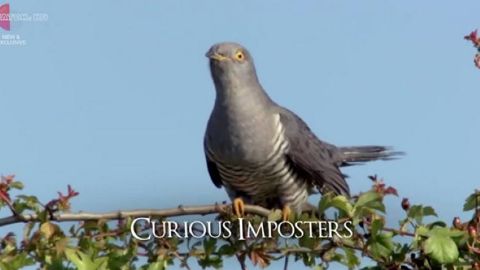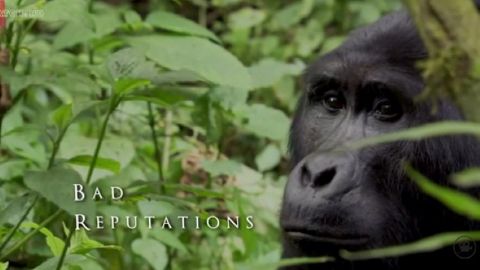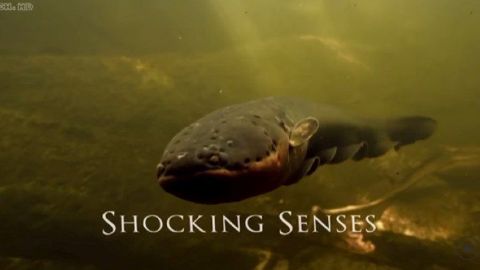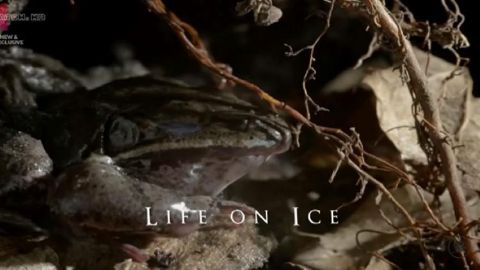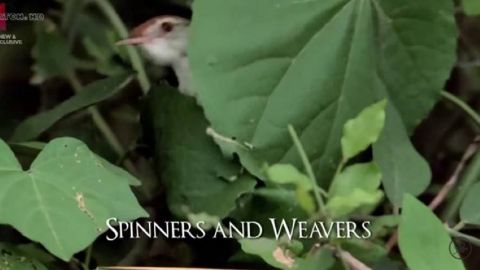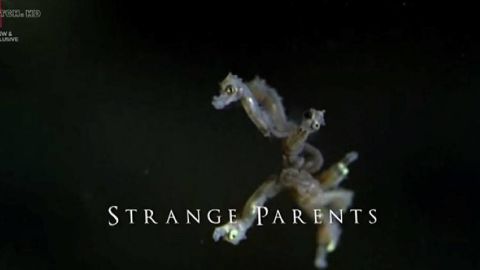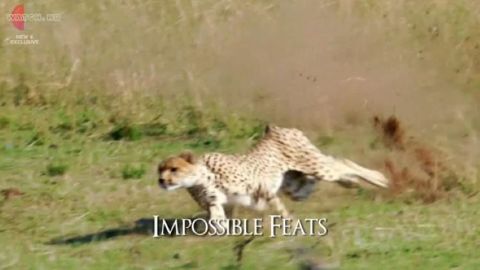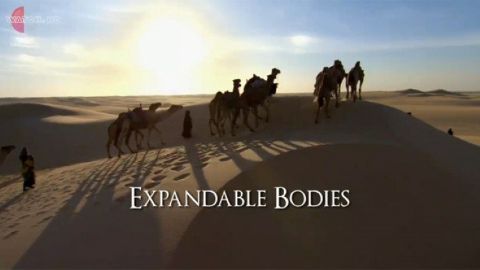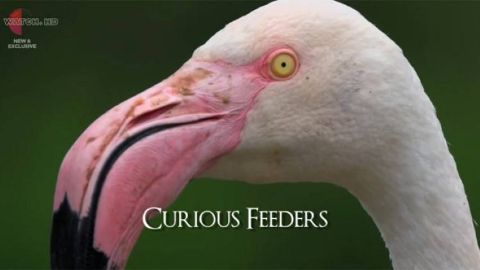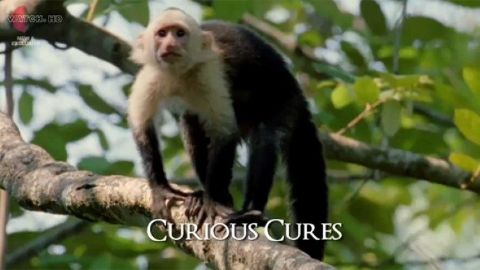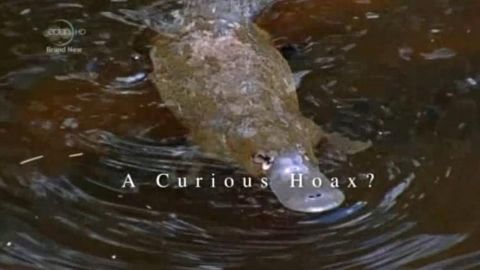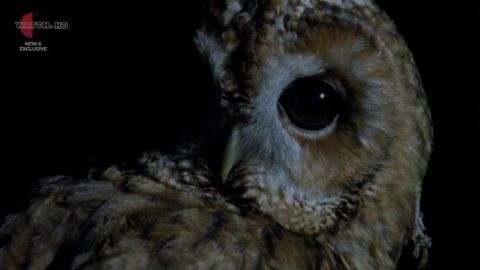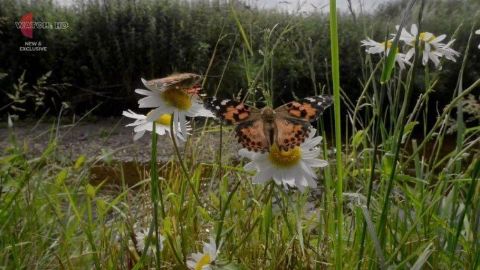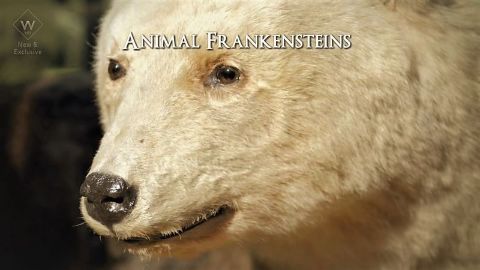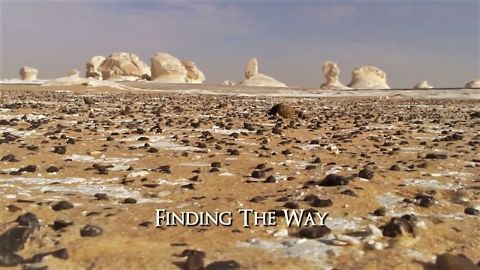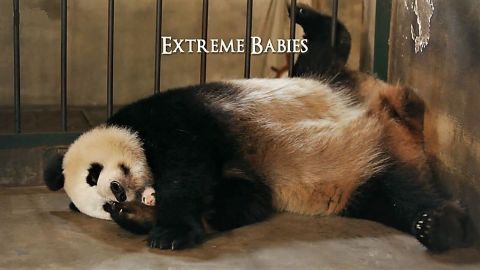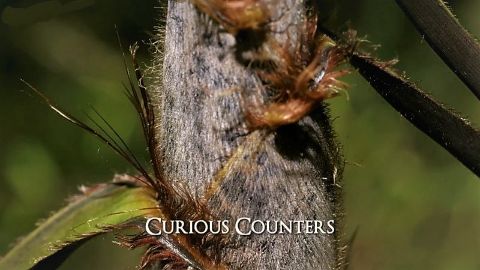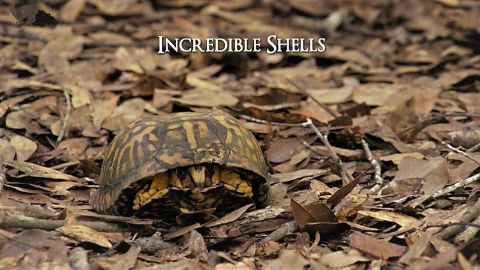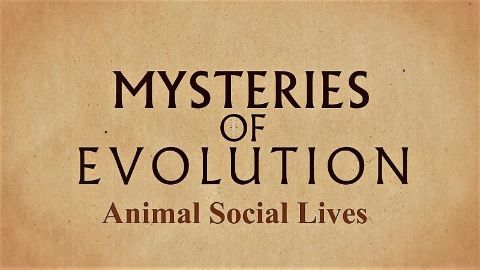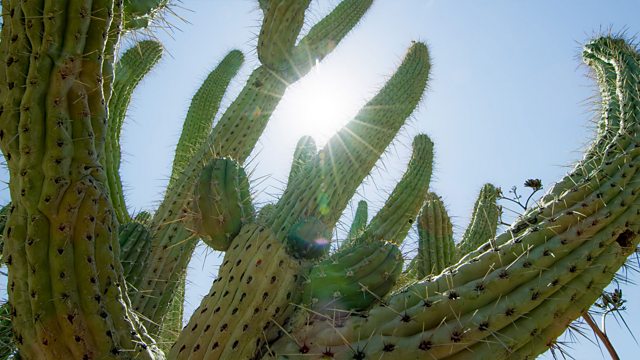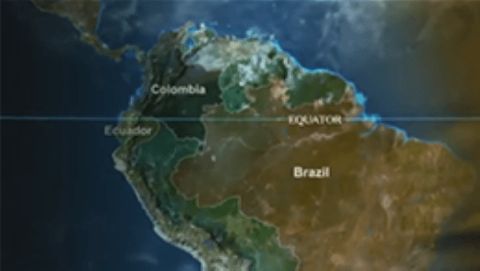Extreme Babies • 2018 • episode "S4E3" • Natural Curiosities
The giant panda gives birth to the smallest baby of any mammal and has to care for and protect it for many months. Why don't they give birth to more developed, robust young? The kiwi lays one of the largest eggs in the bird world, which produces a very well-developed chick. Why do kiwis produce a single egg that is a quarter of its body mass and almost too big to lay?
Make a donation
Buy a brother a hot coffee? Or a cold beer?
Hope you're finding these documentaries fascinating and eye-opening. It's just me, working hard behind the scenes to bring you this enriching content.
Running and maintaining a website like this takes time and resources. That's why I'm reaching out to you. If you appreciate what I do and would like to support my efforts, would you consider "buying me a coffee"?
Donation addresses
BTC: bc1q8ldskxh4x9qnddhcrgcun8rtvddeldm2a07r2v
ETH: 0x5CCAAA1afc5c5D814129d99277dDb5A979672116
With your donation through , you can show your appreciation and help me keep this project going. Every contribution, no matter how small, makes a significant impact. It goes directly towards covering server costs.
